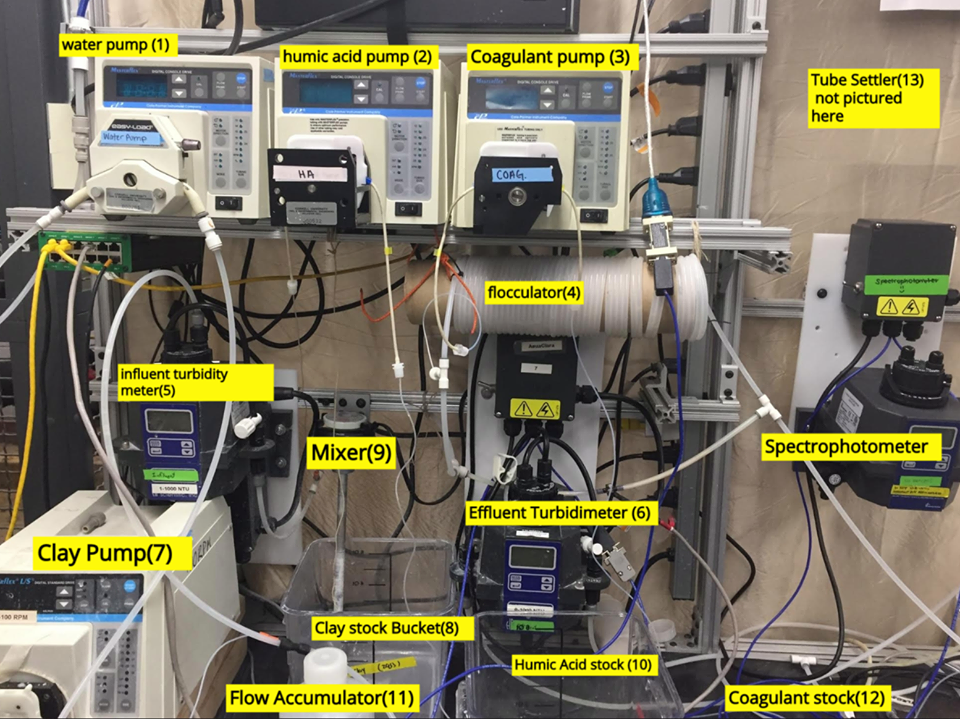Ian Cullings, Ananya Gangadhar, Cara Smith, Nina Blahut
Abstract:
Since Spring 2017, the AguaClara Upflow Anaerobic Sludge Blanket (UASB) Team has been working on a detailed design of a pilot-scale UASB reactor. A UASB reactor treats wastewater anaerobically and produces biogas as a byproduct. Working towards that goal, the team has created Python code to record the design process and calculations for this AguaClara UASB.
During Fall 2018, the team continued design work on the UASB with the goal of completing a full design. The team also began researching flow patterns through the UASB to optimize treatment and prevent preferential pathways.






